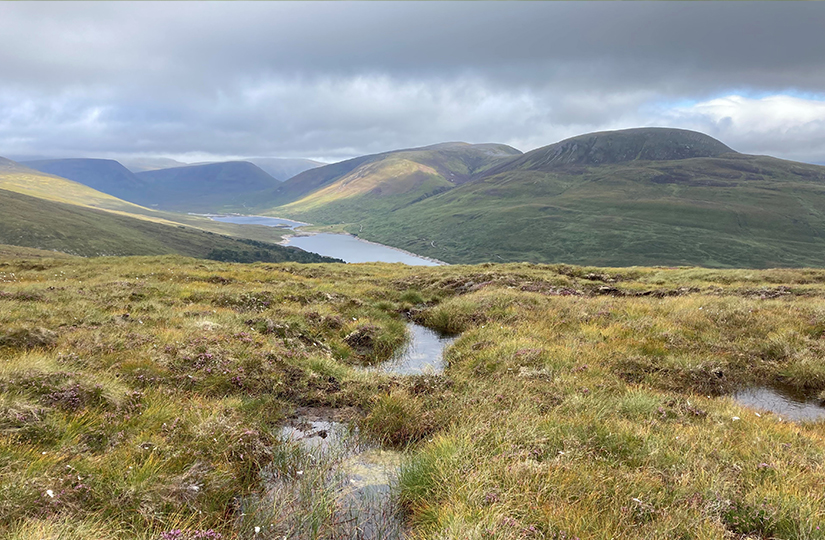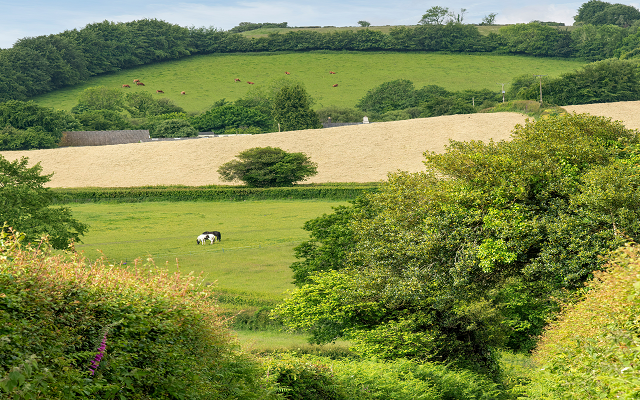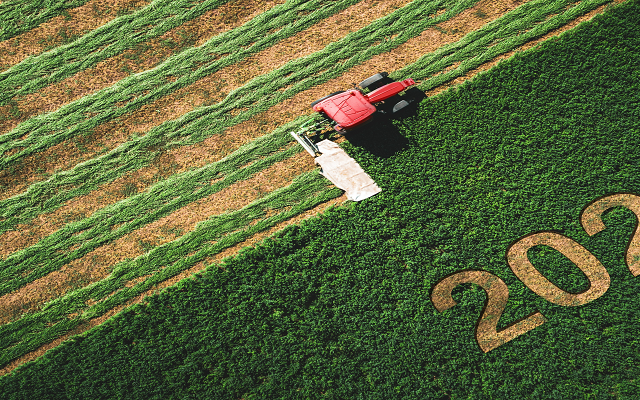7 things to know about the updated Peatland Code
The UK’s Peatland Code has been revised to allow for the quicker delivery of projects and to ensure that the scheme integrates more closely with existing management practices and environment schemes.
The Peatland Code is the quality assurance framework for peatland creation projects in the UK, which allows the generation of independently verified carbon units that can be traded on the voluntary carbon market.
The PC is backed by the Government, scientists and carbon market experts. It is also internationally recognised and the United Kingdom Accreditation Service (UKAS) has confirmed it is satisfied that the revised version of the code (v1.2) meets the requirements for conformity assessment schemes required by international standards. This should help carbon buyers have even greater confidence that they have purchased carbon credits from a responsible scheme and can account for and report genuine emissions offsets.
Peatland restoration is being encouraged as degraded peatlands emit carbon as they dry out and erode, whereas restored peatlands accumulate carbon, in the form of peat, acting as long-term carbon storage.
The restoration process involves re-wetting areas of blanket bog and encouraging the formation of peat-forming vegetation such as sphagnum (bog) mosses.
The key changes within the updated Peatland Code are as follows:
1. Restoration work can now start before Project Validation is in place, providing that sufficient baseline evidence has been demonstrated to the validation body. This should help speed up the delivery of projects, although the risk of projects not consequently achieving project validation post-restoration will lie with the landowner or project developer.
2. Clarification has been offered that projects will be eligible for the Peatland Code on sites on which there are existing land management agreements – for example the Agri-Environment Climate Scheme or Higher Level Stewardship – where there is no additionality ie funding is being received from more than one source for the same operation. This should result in a more integrated land management approach where existing management practices and environmental schemes can run alongside a site under the Code.
3. A new Restoration Validation step has been introduced. This means that within one year of a project’s start date (defined as the completion date of restoration activities) a validation of the restoration activities will be undertaken to check how it compares with the original restoration plan. This validation will include a review of the documentation and a site visit by an independent auditor.
The various steps in the Peatland Code validation/verification pathway process can be summarised as follows:
Registration – Site survey – Restoration plan and GHG assertion – Project validation – Implementation of the restoration plan – Restoration validation – Ongoing verification
4. There is also new guidance on monitoring sites between the set verification periods, which will involve supplying maps, photographs, GPS coordinates and reporting any failures on the site. Monitoring should include everything from assessing the impact of livestock or deer, bare peat revegetation progress and assessing whether or not there has been any further erosion or any significant failures.
5. The rule about how the peat depth survey from the feasibility study is used has changed. Currently the depth must be a 75% average of the site and in excess of 50cm. However, under the updated code this has changed so a minimum of 75% of all peat depth survey points will be need to exceed the minimum peat depth required for a project’s duration. This is significant as project length is linked to the depth of peat. For example, a project of 75 years would require a minimum peat depth of 75 cm for 75% of the peat depth points in the assessment units, while a project of 100 years duration would require a minimum peat depth of 100cm for 75% of the peat depth points. The rule change means if you have most depths below 100cm, but there are a few points of 300-400cm depths, then they can’t be used to bring the project length up. At least 75% of the depths would have to be 100cm or above.
6. There will be an increased emphasis on getting stakeholder engagement for projects. Evidence must be supplied to show that proactive stakeholder engagement has taken place at an early stage with local communities, neighbouring properties and any other important but potentially hard-to-reach stakeholders. In some instances, a public consultation may be required.
7. The new version of the Peatland Code can be used immediately. However, if preferred, the old version can be used up until 1 August 2022 with the new code updates taking full effect from 1 September 2022
If you would like to know more about peatland restoration, then contact Andrew Adamson or Joel Paterson.






